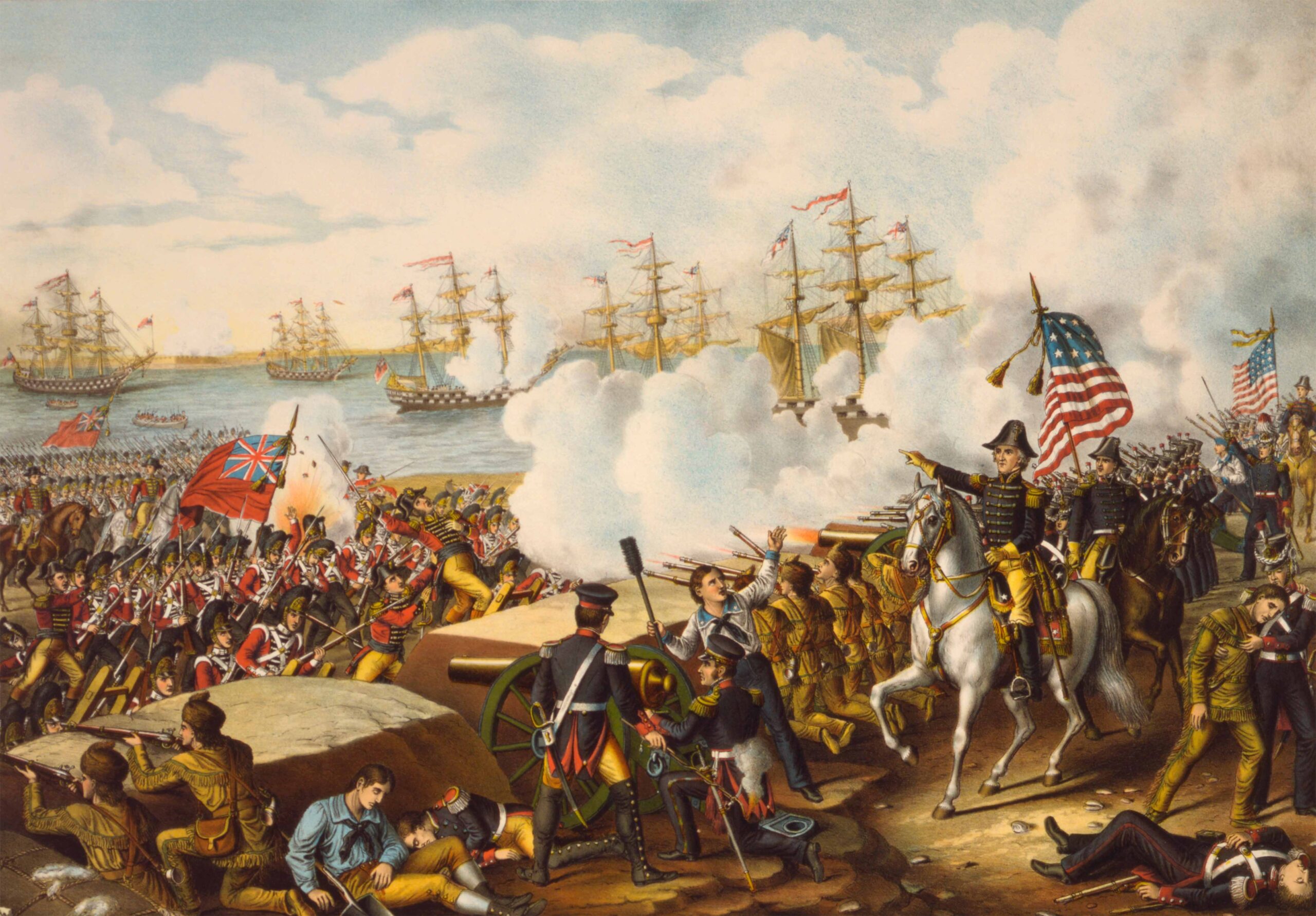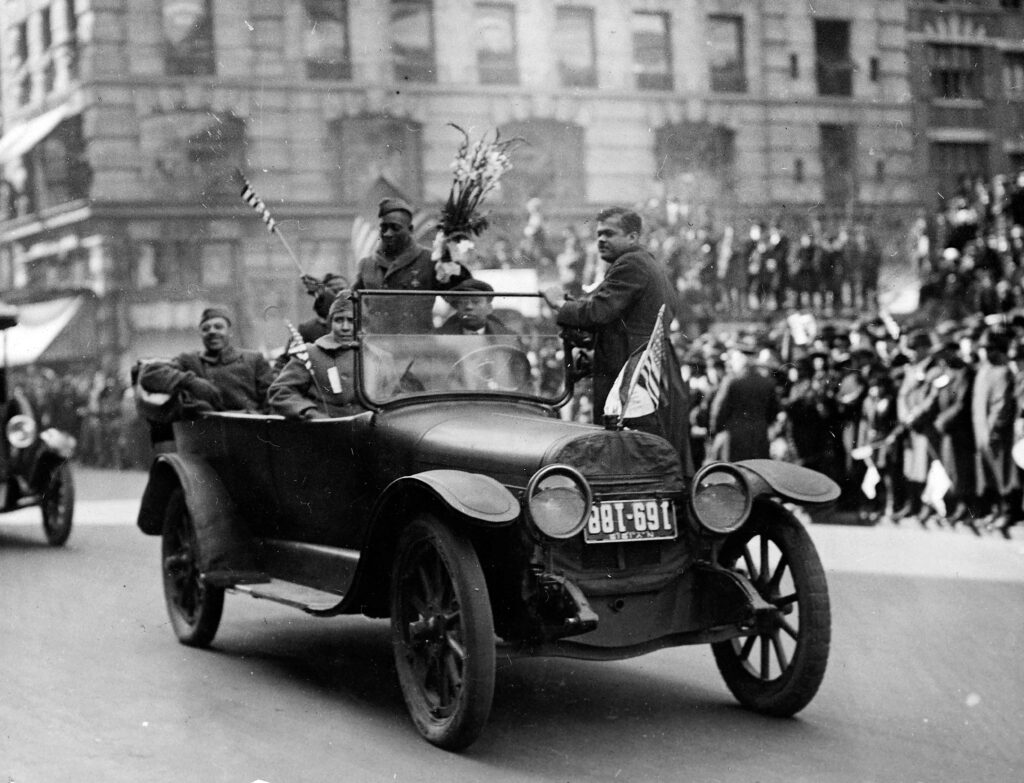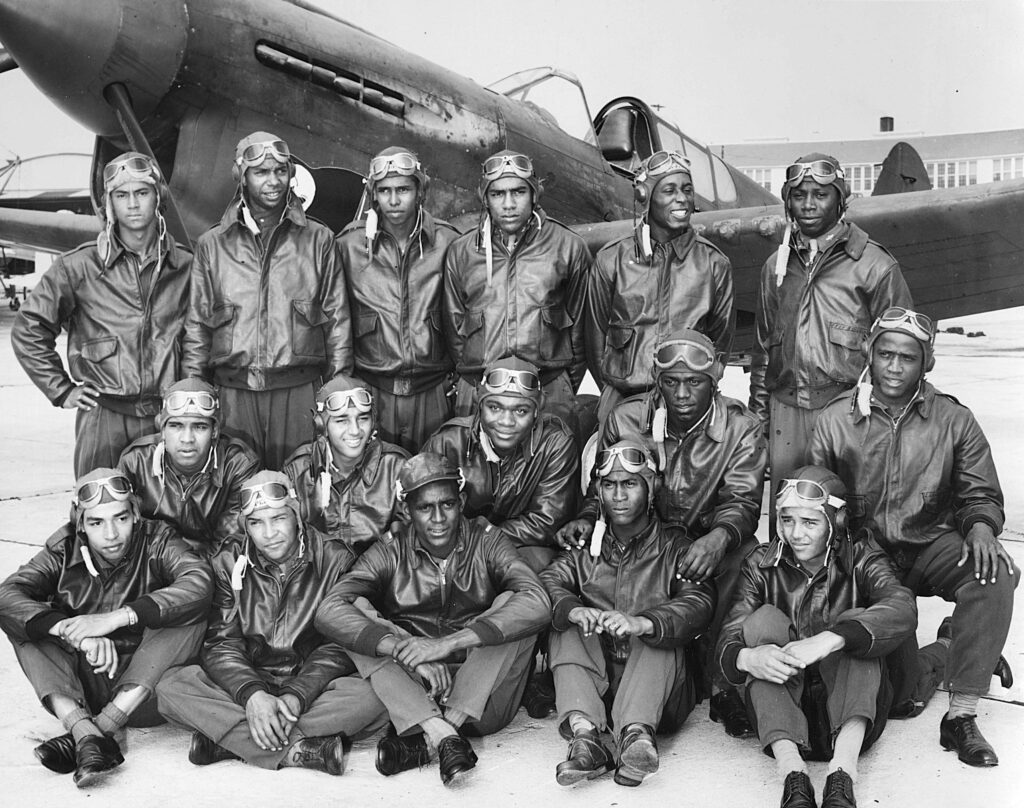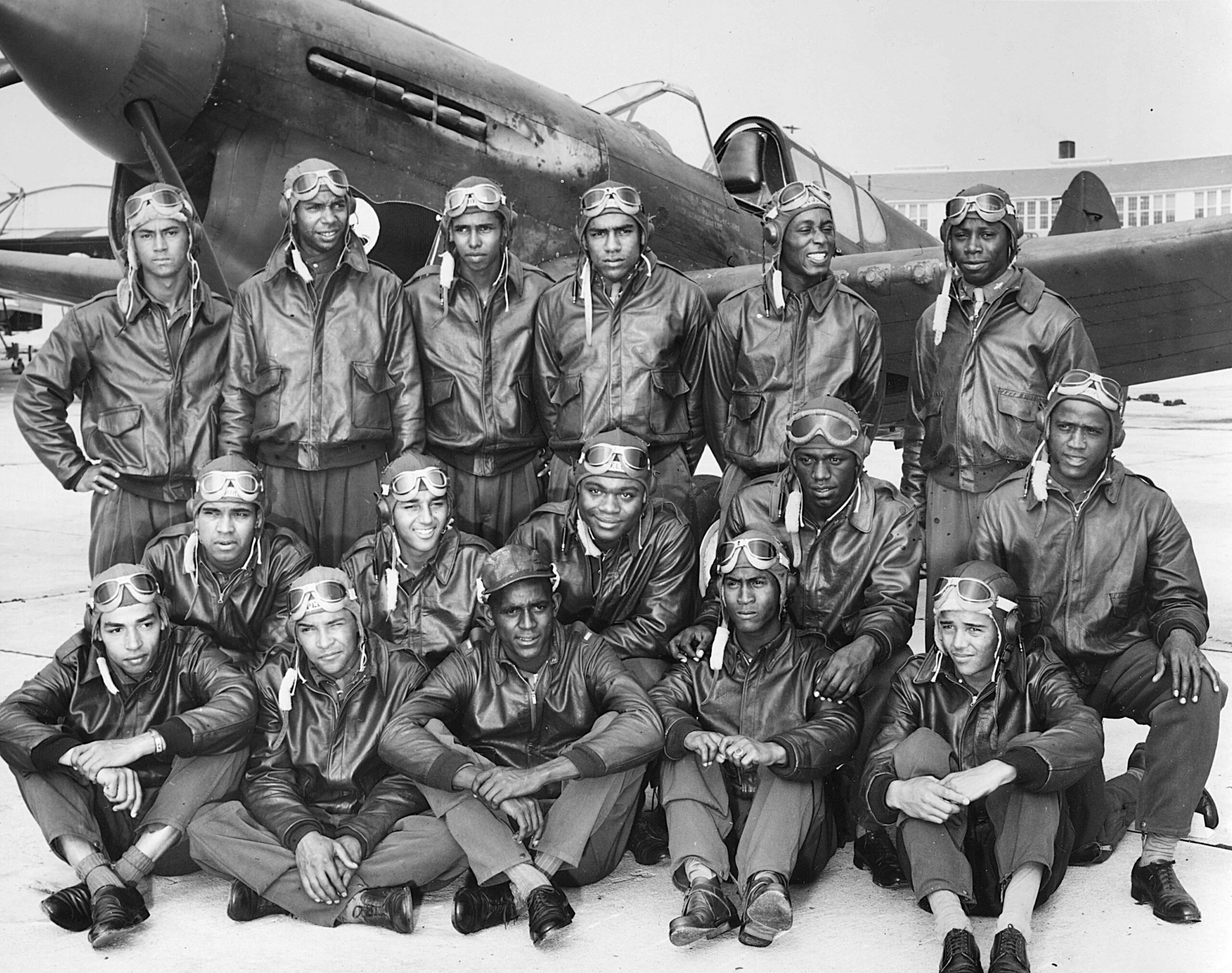Photo by AfroNewspapers/Gado/Getty Images
If a picture is worth a thousand words, what is the value of the undepicted?
For those studying Black military history, the answer is quite a lot. If one image equals a thousand words, what about all that is omitted? How many words equate to a lack of representation?
The question is an important one. It addresses the historical practice of leaving Black military experience outside of the frame—and the Black military story matters, for America’s history depends on it.

Photo by Universal History Archive/Universal Images Group/Getty Images
Consider this 1890 lithograph depicting the Battle of New Orleans (1815). It is the creation of Louis Kurz and Alexander Allison, who partnered in the Chicago Lithographing Company to produce prints of famous American battles. Their work, including a series devoted to America’s Civil War, remains popular among collectors.
The Battle of New Orleans took place two weeks after Great Britain and the United States signed a peace treaty to end the War of 1812. It played no role in the outcome of the war. But it stands as a great American victory. Under the command of Andrew Jackson, American troops decidedly defeated a British army that possessed double their number of soldiers. It boosted national morale and propelled Andrew Jackson to the presidency.
Kurz and Allison’s lithograph depicts America’s staunch defenders. All of them are white. Though 900 African Americans fought that day, accounting for nearly half of Jackson’s force, not one is represented in this rendition. Their experience is whited out, existent only beyond the image’s frame.
Exploration of the omitted reveals that thousands of Black Americans fought in the War of 1812. Many, such as James Roberts, expected freedom as a result, as Jackson had promised. The promise became a mantra for soliciting Black military service for generations, even as it remained unfulfilled. After Roberts fought in the Battle of New Orleans, Jackson ordered him to return as a slave to his master.

Photo by National Archives/Interim Archives/Getty Images
America entered the First World War (1917) with racial segregation firmly in place. While Blacks enlisted to fight, military officials banned them from combat.
After fighting in each of America’s previous wars, Black Americans became relegated to support duties only. For the 369th Infantry Regiment anyway, the conflict’s urgency altered that. American officials assigned the unit, dubbed the “Harlem Hellfighters,” to their French allies, who needed reinforcements. Sent to the frontlines and integrated into the French military, the 369th performed valiantly, none more so than Private Henry Johnson.
The photograph above shows Johnson taking part in a parade staged for the 369th’s return to Harlem. On May 14, 1918, Johnson singlehandedly repelled an attack by at least 30 German soldiers while saving his fellow Hellfighters. The ordeal left him with some 20 wounds. For his heroism, the French government awarded him the Croix de Guerre with a special citation and a golden palm.
In America, officials pushed Black World War I veterans outside the frame and beyond memory. A 1925 Army report labeled Black soldiers “inferior.” As for Johnson, he received no recognition for nearly a century. He received the Purple Heart in 1996, then the Medal of Honor in 2015.

On December 7, 1941, Imperial Japan attacked the American naval base at Pearl Harbor, prompting the United States to enter World War II. Two decades after the “War to Make the World Safe for Democracy” concluded, African Americans again needed to fight for their right to fight for their country. The military remained segregated. Few Blacks saw combat. The exceptions included the 761st Tank Battalion, or the “Black Panthers,” and the Tuskegee Airmen, or the “Red Tails.”
Preparing to go to war against America’s racist enemies, both units trained for battle in the overtly racist South. Both units then performed with distinction. The Black Panthers participated in the Battle of the Bulge and persisted through 183 days of continuous operational deployment. The battalion received the Presidential Unit Citation—from President Jimmy Carter in 1978.
Tuskegee airmen saw combat flying fighter planes to escort American bombers in Europe. Others trained to fly bombers never deployed. They remained stationed in Indiana where 100 of their officers, to protest the racist treatment their unit received, entered an all-White officers club. Future Supreme Court justice Thurgood Marshall successfully defended the group against charges of mutiny.
For their contributions to America’s war effort, the men and women who comprised the unit, both pilots and ground personnel, collectively received a Congressional Gold Medal. That occurred on March 29, 2007, 65 years after the photo above captured Class SE 43 K, newly commissioned as pilots in 1942.
During World War II, African Americans fought for a “Double Victory,” one called for by the widely circulated Black newspaper the Pittsburgh Courier. It identified fascism abroad and racism at home as equal enemies. As in previous wars, Blacks contributed to America’s victory overseas. But for many, like the pilots photographed, their struggle continued long after World War II concluded.

Learn More:
Max Brooks, The Harlem Hellfighters (New York: Del Rey Books, 2014).
Matthew F. Delmont, Half American: The Epic Story of African Americans Fighting World War II at Home and Abroad (New York: Viking Press, 2022).
Robert J. Kodosky, Tuskegee in Philadelphia: Rising to the Challenge (Charleston, SC: The History Press, 2020).
Joseph T. Wilson, The Black Phalanx: African American Soldiers in the War of Independence, the War of 1812, and the Civil War (New York: DaCapo Press, 1890, 1994).





